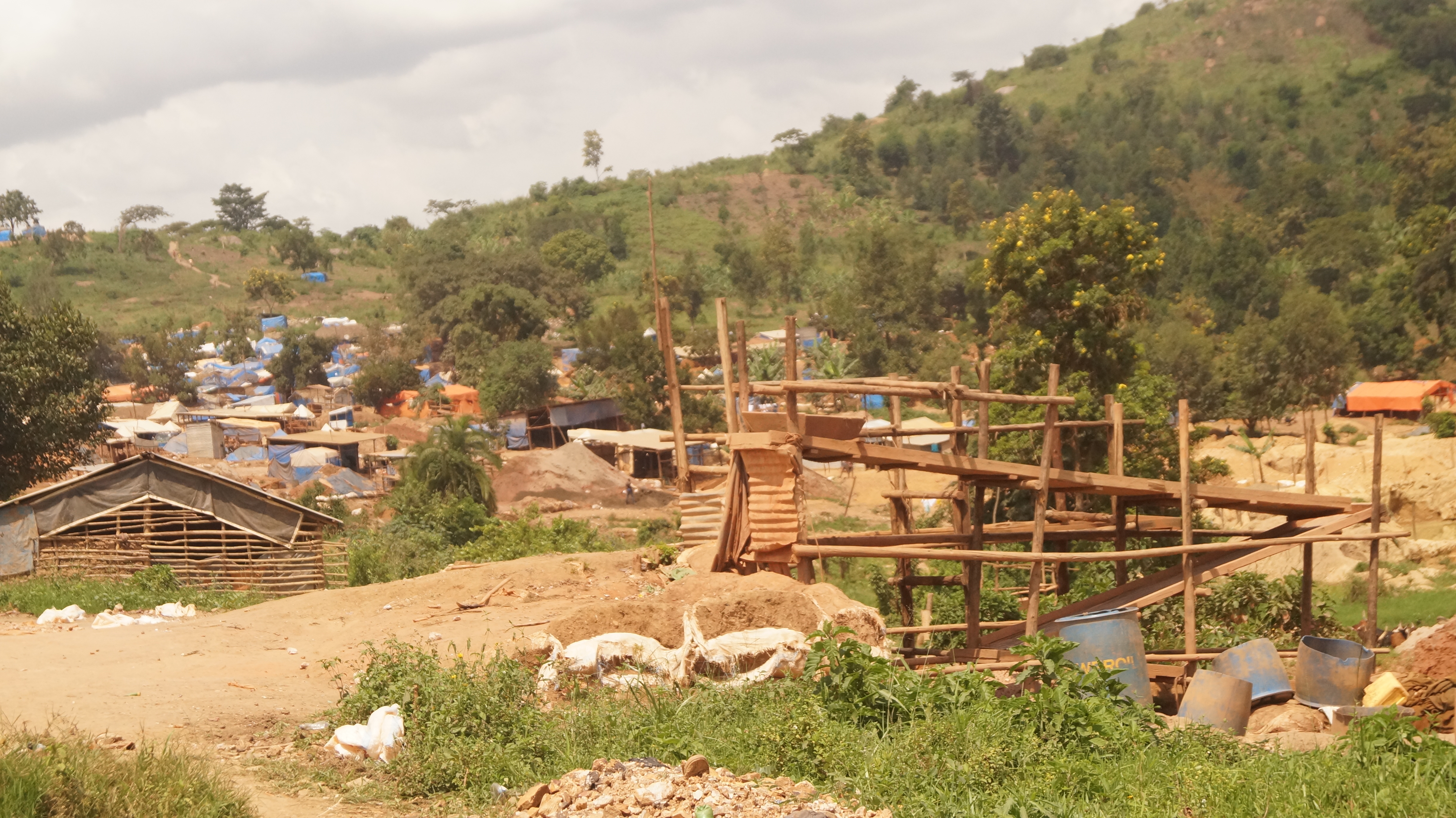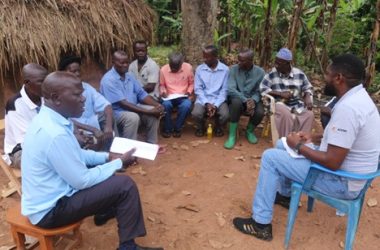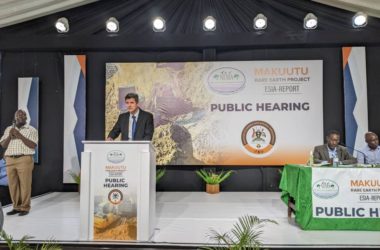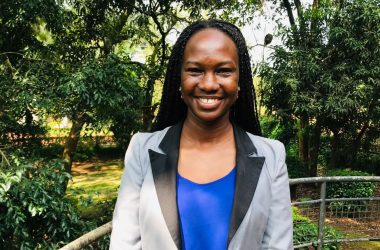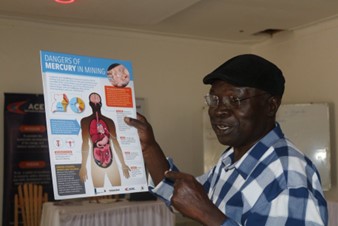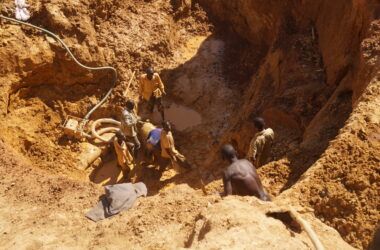On the 30th of January, 2019, the Uganda Association of Artisanal and Small-scale Miners (UGAASM), led by their Chairman John Bosco Bukya, submitted what they called a “fact file” to the Parliamentary Committee on Natural Resources. This file held a letter of request for intervention addressed to the Chairman of the Committee, a letter from the Mubende evictees addressed to the Minister in charge of Energy and Minerals requesting for 1 square kilometre of land in their former area of work, geological maps showing the said area, geological reports, a copy of the Presidential Directive to resettle the evicted miners, and other documents.

This request was for intervention on the Exploration Licence, EL 1093 located in Kassanda District, formerly part of Mubende District. UGAASM, an umbrella association of all Artisanal and Small-scale Miners’ Associations in Uganda was representing the Mubende United Miners Assembly (MUMA). MUMA is an association comprising of the miners that were evicted from the mining area in Kitumbi Sub-county in Mubende under a directive from the President of Uganda. The evictions took place in August 2017 and saw 20,000 miners evicted along with 50,000 beneficiaries who lost their livelihoods, property and investments. The Government argued that the miners were mining illegally on a licence that had been awarded to AUC Mining Ltd, a medium scale mining company operating in Uganda.
Following the evictions, the miners appealed to the President who later issues a Directive eight months later awarding them 30% of the same licence. The total land mass under the 30% acreage came to 18.6 square kilometres which was later chunked out into 30 location licences.
However, a few months into working the area, the miners raised a complaint claiming that the land was “barren and only suitable for growing potatoes”. This was after they failed to find any gold in any of the 30 licenses that they had been awarded. The Ministry argued that the miners just did not understand the mineralogy of the area. This pushed MUMA members to pool funds together, reportedly over 1.8 billion shillings, to procure the services of geological experts to conduct detailed exploration of the area. “We had mined gold for 5 years (in the area where we were evicted) before they gave us that barren land, of course we know what to look out for,” one of the members lamented. Nevertheless, they now had professional proof and a report that showed there was less than 1 gram of gold per tonne of ore-commercially unviable.
According to Section 30 of 2004 Mining Act, the holder of an exploration licence may, within three months before the expiration of such a licence, apply for the renewal of the licence in respect of an area of land, which is not greater in extent than half of the exploration area as at the date of the grant or last renewal of the licence. Similarly, Section 47 of the Mining and Minerals Bill 2019 requires that an exploration are is reduced in size to eliminate from the area at the end of the initial term of the exploration licence, not less than half of the initial area.
The group requested the Directorate of Geological Survey and Mines to award them just 1 square kilometre of the 144 square kilometres on the Exploration Licence which finally expires on the 26th of February, 2020. Worried that the company would change names and apply for the same licence, as they claim was the case before, they sought out the attention of the Parliamentary Committee in charge of Natural Resources to whom they submitted documents to support their request.
The ASMs further hope to be supported by the registration exercise that is being undertaken by the Directorate of Geological Survey and Mines (DGSM). The Biometric Registration of Artisanal and Small-scale Miners (BRASM) among other objectives, aims to have mining areas gazetted for ASMs. This will ensure that ASMs have areas to mine so as to avoid the re-occurrence of a situation like the 2017 evictions but also to protect the Ugandan ASMs who might not have the resources to log onto the Mining Cadastre, an online program hosted by the Ministry of Energy and Mineral Development so as to apply for mineral rights. The BRASM project comes as a preserve for Ugandan ASMs and is viewed as one of the tools that will support their claim to the 1 square kilometre piece of the land in the area they once worked.
When asked about how feasible the ASMs’ request is, the BRASM coordinator at DGSM stated that a meeting among the different stakeholders is being organized so as to discuss the matter. “The ASMs should work together with the responsible ministry and Directorate so as to enable us come up with practical resolutions once the licence expires.” He added that the ASMs’ letter to the Minister had been received and will be considered on its merit.
The ‘Mubende evictees’ as they call themselves continue to hope that through UGAASM and with support from the Parliament’s Natural Resources Committee, the Ministry will award them the land they have requested for so that they can resume their mining operations.
Programs Officer,
Africa Centre for Energy and Mineral Policy (ACEMP)

